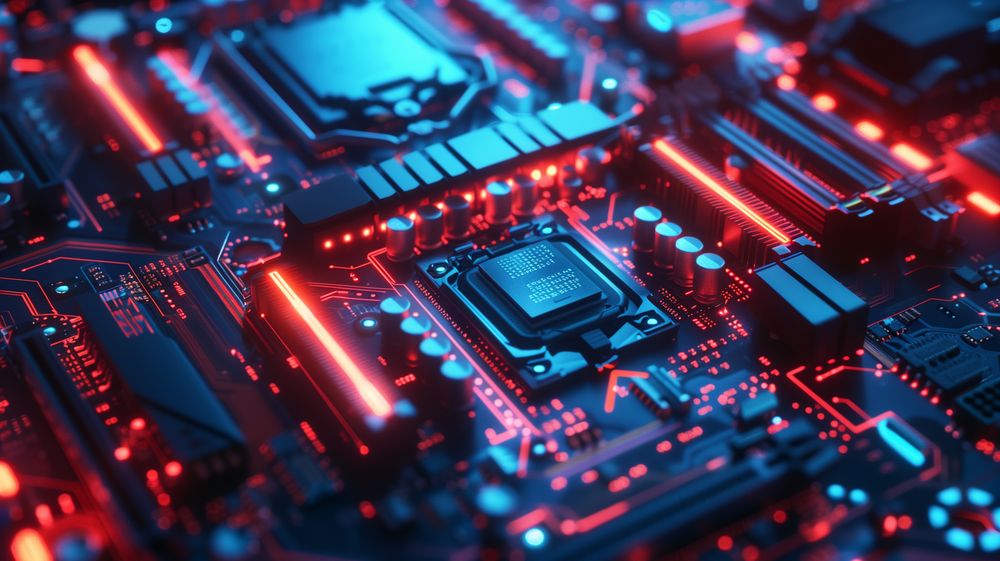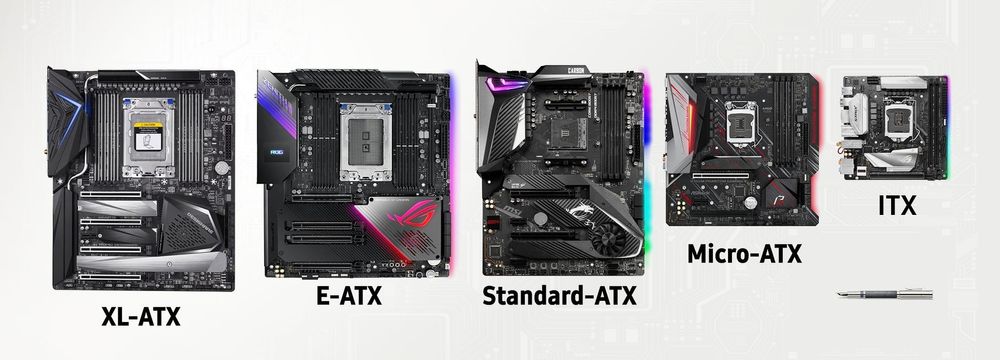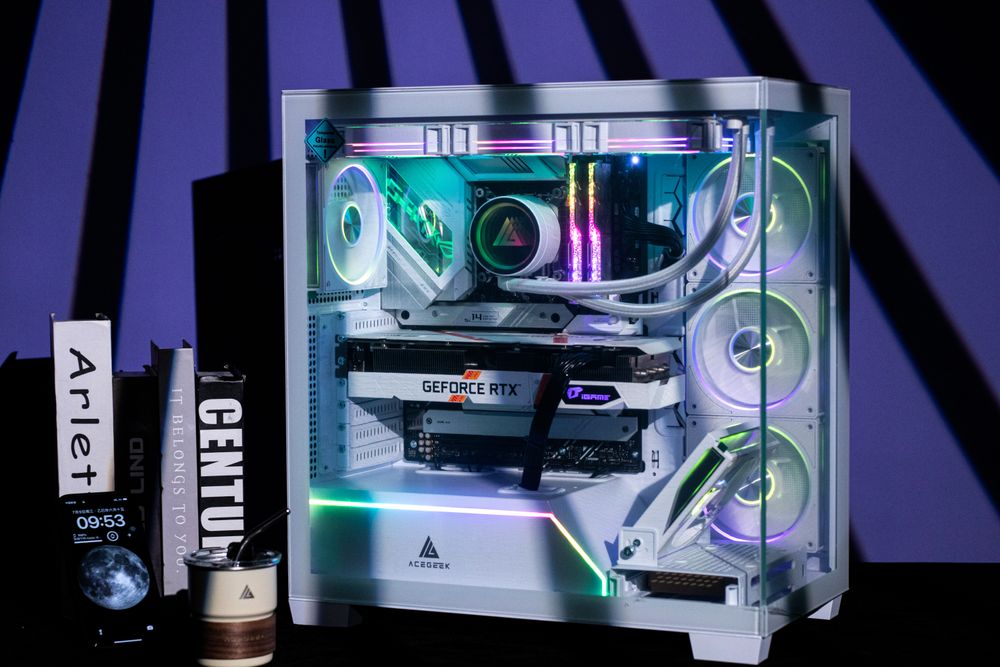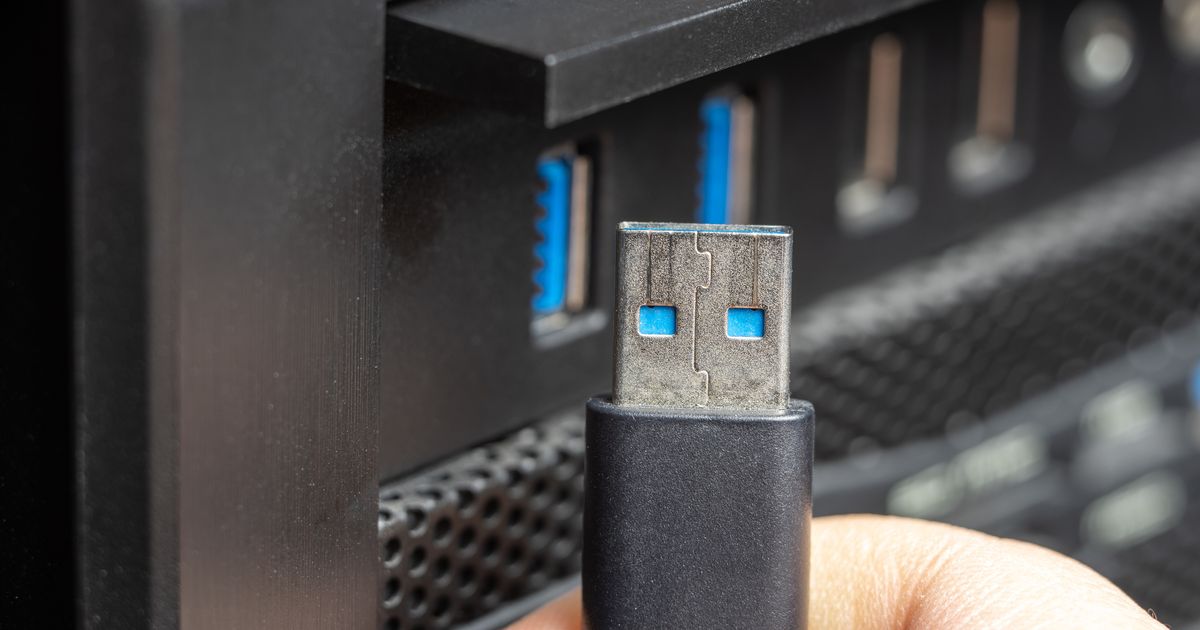
Building your own PC starts with choosing the right motherboard.

One of the most common mistakes beginners make is picking a motherboard first—only to realize later that it doesn’t support their CPU. Always remember: Choose your CPU first, then the motherboard. Intel and AMD use different sockets, and that’s the first big decision every DIY builder needs to make.
To make things easier, we’ve broken motherboards into Entry-Level, Mid-Range, and High-End categories, with recommended CPUs and models for each.

🔹 Entry-Level Motherboards
Best for:
Basic home PCs
Office and productivity PCs
Key Features:
Simple expansion: usually 2 RAM slots, 1 PCIe slot
No heatsinks on the I/O section (chips are exposed on the PCB)
Recommended CPUs:
Intel: i3 series, some i5 models
AMD: Ryzen 3, some Ryzen 5
Popular Models:
Intel: H series, some entry-level B series (e.g., H610)
AMD: A series (e.g., A520, A620)
👉 Perfect for web browsing, office tasks, and light use at the lowest cost.
🔹 Mid-Range Motherboards
Best for:
Casual gamers
Content creators with moderate workloads
Key Features:
Better expansion: usually 4 RAM slots, multiple PCIe slots
Improved thermal design, some with ARGB lighting
Recommended CPUs:
Intel: i5, i7
AMD: Ryzen 5, Ryzen 7
Popular Models:
Intel: B series (e.g., B660, B760)
AMD: B series (e.g., B550, B650)
👉 The sweet spot for most gamers and DIY builders—great balance of performance and value.
🔹 High-End Motherboards
Best for:
Hardcore gamers
Professional creators (video editing, 3D rendering)
Enthusiasts who want maximum performance
Key Features:
Full expansion options: multiple PCIe slots, USB Type-C, reinforced heatsinks
Overclocking support to unlock full CPU power
Recommended CPUs:
Intel: i7, i9, all K-series
AMD: Ryzen 7, Ryzen 9
Popular Models:
Intel: Z series (e.g., Z790)
AMD: X series (e.g., X670, X670E)
👉 Top-tier performance with room for future upgrades—built for those who want it all.
📝 Final Tips
When choosing your motherboard, keep three things in mind:
Your needs (office work, gaming, or professional use)
Your budget (entry, mid, or high-end)
CPU compatibility (always match Intel or AMD correctly)
Follow these steps and you’ll find the right motherboard for your build—and set the foundation for your dream PC.

